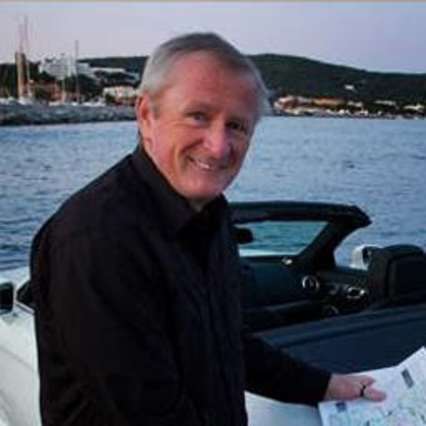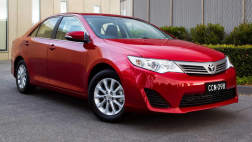There could also be a crossover from the company before any serious effort to re-invent the failed X-Type with a 21st century city car produces a result.
Jaguar says it is looking to expand its lineup beyond the current cars - and the F-Type sports car planned to go public at the Paris motor show later this month - but says nothing is confirmed beyond the C-X75 supercar being developed in partnership with Williams Grand Prix to trump the Bugatti Veyron.
"There are opportunities where we don't compete, but we've got to find the right thing," Jaguar's head of XJ development, Andy Dobson, tells Carsguide. "We've said before that we would look at a crossover but there are no decisions. We're looking at everything."
Jaguar is having a big year on the product front with the updated XJ, the XF Sporting Brake - which will only be sold to customer order in Australia - and the F-Type. Apart from smaller engines in the XJ, which will be transplanted into the XF, the two models also get four-wheel drive for countries in the snow belt.
"2013 is a process of infilling for us.The next stage is engines, and the next bit is further growth going forward off that base." But the man who is keenest on an all-new Jaguar baby car, chief designer Ian Callum, tells Carsguide there is no movement yet.
"It's no further forward. We're looking at other things,"he says. "The reality is that a business case for a small car is very, very difficult. You need to do an efficient car, then charge for it. "And a small car needs to be fun. It's not just about CO2 and efficiency, it's about what people want to drive in cities going forward."
The chase for improved efficiency is providing a range of results at Jaguar, although there is no sign yet that the company will dump V8 engines. "I don't think you're seeing the end of V8s, but they are downscaling," says Dobson. "There will always be a market for top-end performance cars. But the mass volume will be moving down."
He says Jaguar is still battling with decisions about hybrid and electric cars, but pushing ahead with lightweight technologies. "It's no good having a very, very heavy car with big aero and rolling resistance with a hybrid in it," he says. "You've got to make the car slippery, you've got to work on the tyres, then (transmission) shift scheduling and engine management controls. And the car has to be light.
"Plastics will be the next step. You're starting to see Structurally Moulded Compounds (a type of plastic) where you can have something very light and very stiff. "That's where the next big weight saving will come."



.jpg)
.jpg)

.jpg)

.jpg)
.jpg)





















.jpg)

.jpg)












.jpg)

Comments